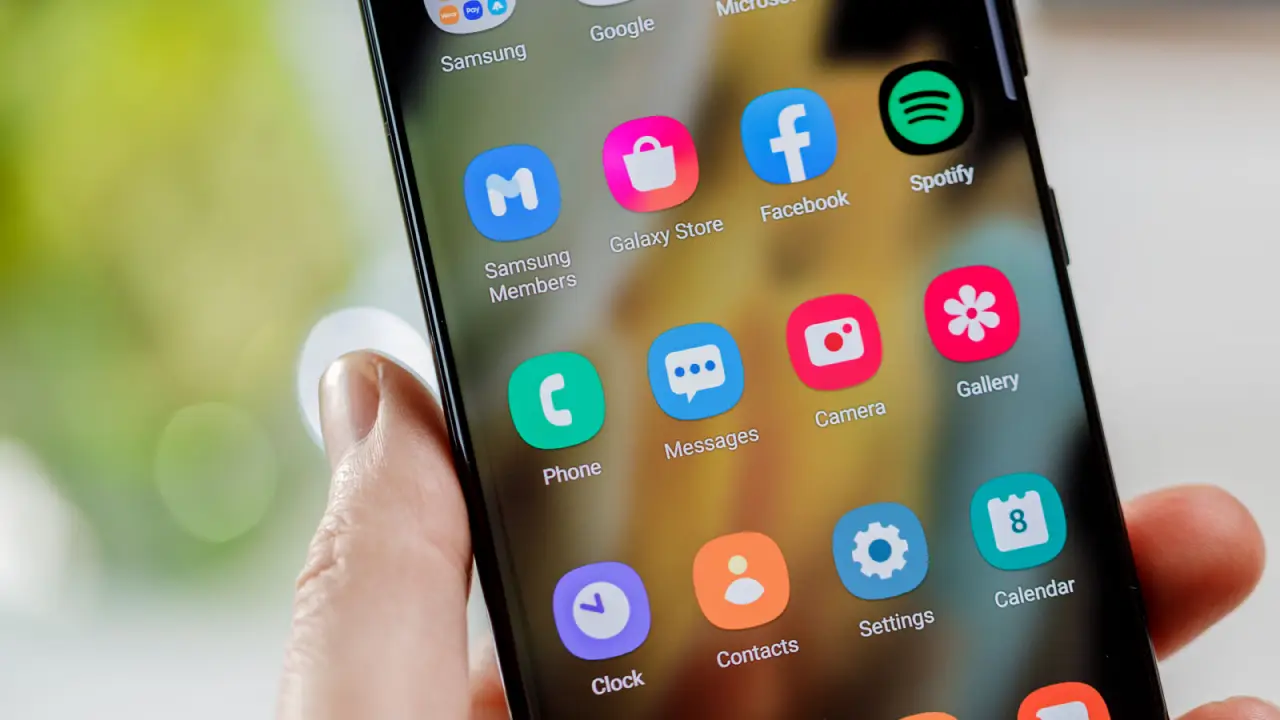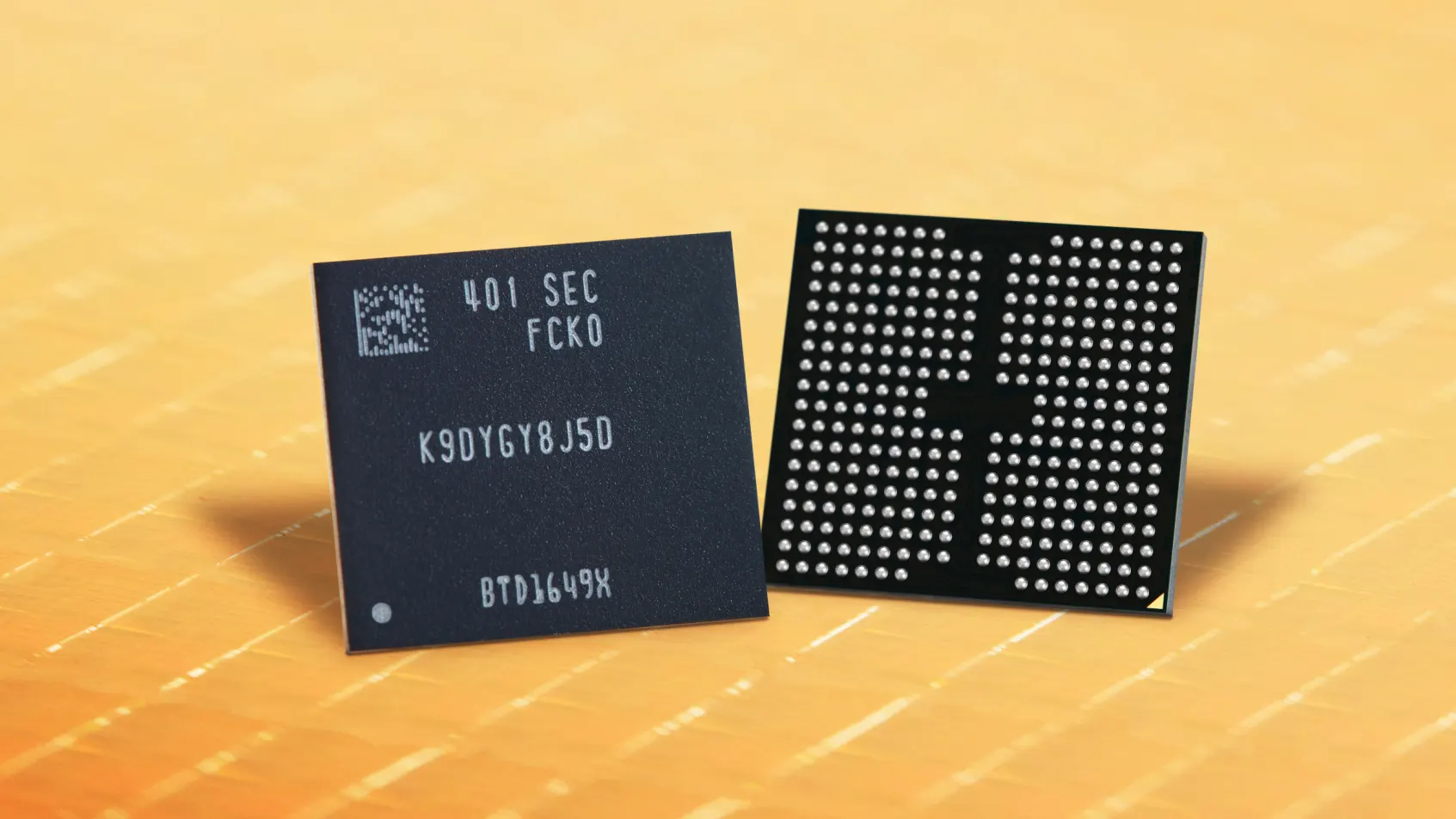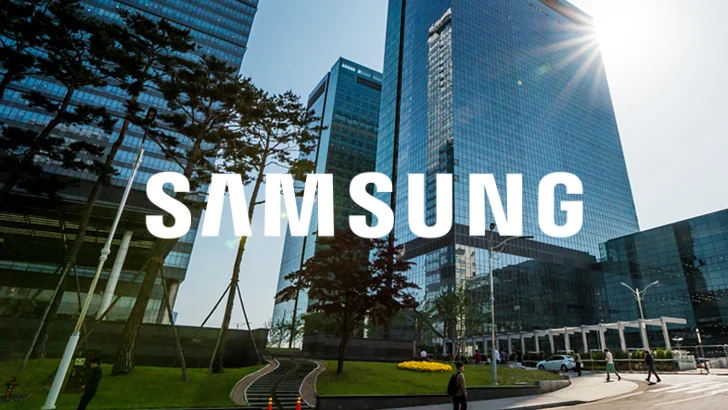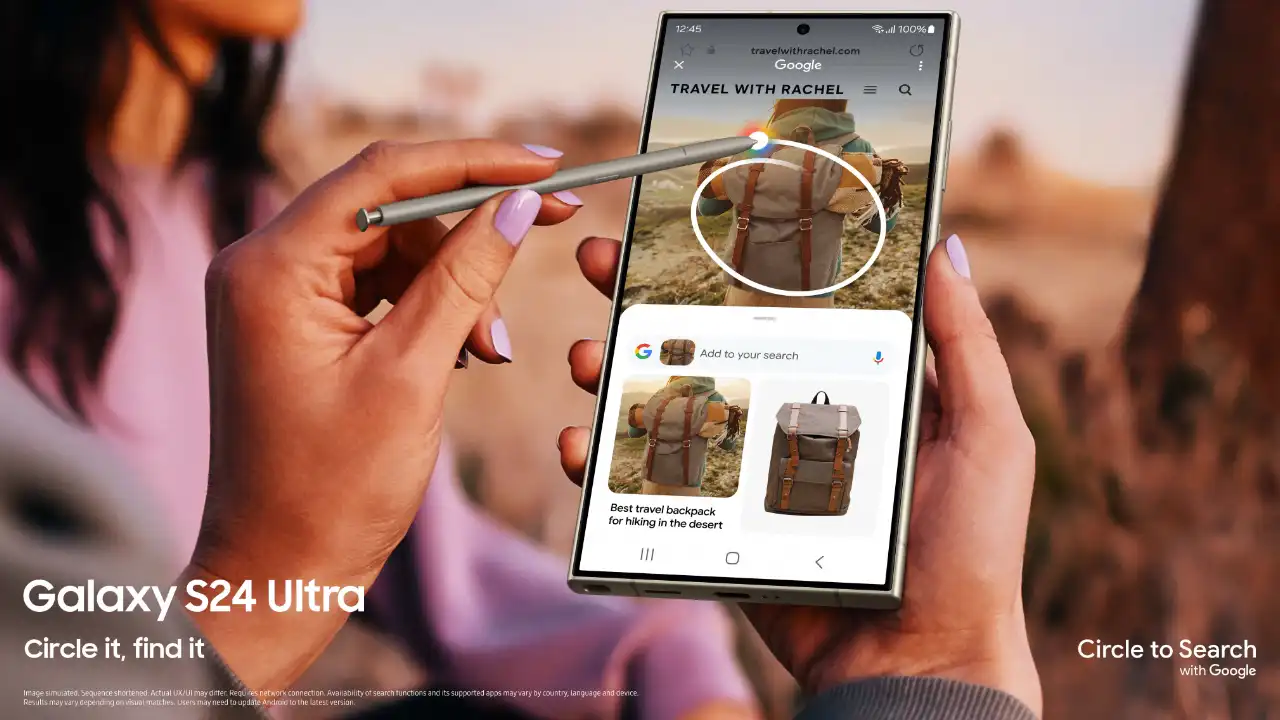Samsung
Samsung plan’s to delete some preloaded apps from its devices including Galaxy S23

Every smartphone manufacturer lands numerous pre-installed applications on their smartphone devices. However, it doesn’t mean that the user, who becomes the owner of the respective device, considers these applications essential. The issue is that many of these pre-installed apps have no use for the users and don’t even have permission to delete, as they are the stock applications booted by the manufacturer itself. Due to their non-deletable property, those apps ended up being unnecessary space occupiers and avoided by the users, which affects the device’s personalized touch too.
Recently, in that manner, many users have complained that the manufacturer should provide deletion permission to those un-needy apps which they don’t want on their devices. Consequently, an inspection has been performed under the Telecommunication Business Act, which highlighted a total of 63 apps with deletion restrictions, out of which four are from Galaxy devices. These apps were found on 5 types of smartphones, including Galaxy and iPhone also. Resultantly, they came to the conclusion that these applications also need to have permission for their deletion or an action equivalent to it.
According to the Korea Communication Council, Samsung Electronics announced during an expert review process that they would push a measure equivalent to delete for its Samsung Visit In AR Doodle app. However, the announcement has been made in terms of its highly-sold smartphones, such as Galaxy S22. Additionally, for the Weather app, AR Zone, the manufacturer stated that they presented an improvement plan for its removal from the upcoming device Galaxy S23. However, the Council didn’t clarify the detailed criteria to determine the utility of an application.
The business operators have provided their improvement plans in that manner and intend to implement them also. Besides, the Korea Communication Council has also published a guideline for Prohibited Acts of the Telecommunications Business Act relating to the preloading of smartphone applications. In this regard, the Commissioner of this Council has stated, “It is important to maintain a balance so that the regulation of preloaded apps does not hinder smartphone users’ accessibility to new technologies and services while encouraging smartphone users to expand their choices, which is the legislative purpose.”
Samsung
Samsung Electronics Begins Mass Production For 9th-Gen V-NAND

The Korean Electronics firm announced that it has begun mass production for its one-terabit (Tb) tripe-level cell (TLC) 9th-generation vertical NAND (V-NAND).
One of the key reasons for beginning this mass production is just to solidify its leadership in the NAND flash market. This 9th generation V-NAND flash memory has significant improvements. It offers a 50% increase in storage density compared to its predecessor, the 8th-generation V-NAND. This appears due to the tiny cell size and thinner design.
The Korean giant also executed new techniques for upgrading the reliability and lifespan of the memory cells while eliminating dummy channel holes, which significantly reduced the planar area of the memory cells. The Head of Flash Products & Technology of the Memory Business at Samsung Electronics, SungHoi Hur, stated, “Through our latest V-NAND, Samsung will continue to set the trend for the high-performance, high-density solid-state drive (SSD) market that meets the needs of the coming AI generation.”
Samsung‘s advanced ‘channel hole etching’ technology exhibits the brand’s leadership in process capabilities. This technology creates electron pathways by stacking mold layers and increases fabrication productivity as it authorizes simultaneous drilling of the industry’s highest cell layer count in a double-stack structure. As the cell layers increase, the capability to pierce through higher cell numbers becomes crucial, demanding more complicated etching techniques.
The 9th-generation V-NAND is enabled with the next-gen NAND flash interface, Toggle 5.1, which will help to support the increased data input and output speeds by at least 33% to up to 3.2 Gbps. The Korean giant plans to solidify its position within the high-performance SSD market by expanding support for PCIe 5.0.
With the advancement in low-power design, power consumption has also improved by 10%.
Samsung
Samsung Gains 23 Patents For ‘Self-Record’ From Seagate in the USA

The Korean brand ‘Samsung’ announced that recently it bought 23 patents related to magnetic recording technology from Seagate.
The giant sold its own HDD business and patents to Seagate 13 years ago, and now it is acquiring specific magnetic recording patents instead of ones it previously owned. The patents are possibly for data storage advancements, potentially for use in Samsung’s memory or storage products.
The aim behind the purchase is yet to be debated; some have speculated that Samsung probably uses these patents to upgrade its in-memory computing technology, whereas others are expecting that it’s simply to cut ties with Seagate after their previous business dealings. It has become known that most of the acquired patents are from 2002–2020, and four have already expired.
Back in 2011, Samsung sold its hard disk drive (HDD) business and a total of 479 patents to Seagate, and this was part of a major deal that pointed to various twerks; for instance, the Korean giant getting some of Seagate’s stock, collaboration on future storage solutions, Seagate providing HDDs for Galaxy devices, and many more. Later, in 2016, the Korean giant sold all of its Seagate stock.
Now the reports are saying that Samsung has bought 23 patents related to magnetic recording technology from Seagate. Some experts are saying that Samsung could use magnetic recording patents to develop MRAM-based in-memory computing technology, which is a powerful memory type with advantages for AI chips. At the moment, the exact reason behind this step is not clear.
An industry insider released a statement: “It may be an attempt by Samsung Electronics to settle the remaining business relationship after selling its stake in Seagate in the past, or it may be a kind of fake patent purchase strategy to deceive competitors.”
Via – TheLec
Samsung
Samsung Galaxy AI’s Circle to Search Could Soon Get a new Upgrade

Samsung introduced its Galaxy AI, which consists of several generative AI features. Circle to Search with Google is one of the most admired features. Now, it may soon get a major upgrade based on comments made in a recent Made by Google Podcast episode.
The Circle to Search with Google feature is available on both Galaxy S24 and Pixel 8 devices, and reports are saying that soon it could get a big usability upgrade and become a bit harder to trigger by accident. The forthcoming changes will be based on comments made in a recent Made by Google Podcast episode, in which host Rachid Finge spoke with Erin Lynch and Alistair Pott, who worked with the Circle to Search development team.

During the podcast, Lynch admits that the circle to search with was quite easy to activate by accidental touches as it’s located on the same gesture bar or home button that users use for other purposes most of the time. Regarding this, she and Pott assured that Google was working to fix it to avoid accidentally activating this feature; however, they didn’t elaborate on the assurance.
However, the Circle to Search feature already received an update that gives it the power to translate circled text. It is expected that the future update could be a combined search and lens results page while using the Circle to Search feature instead of having them separate as they are now.
Apart from this, the podcast unveiled a few interesting twists regarding how Circle to Search came to be. It came to light that it is based on Google Lens and has been in development since January 2023, after Google staffers were actively working on how Lens became more readily available outside its app.












